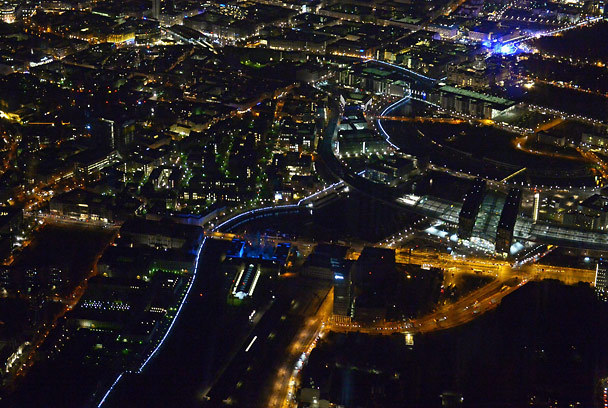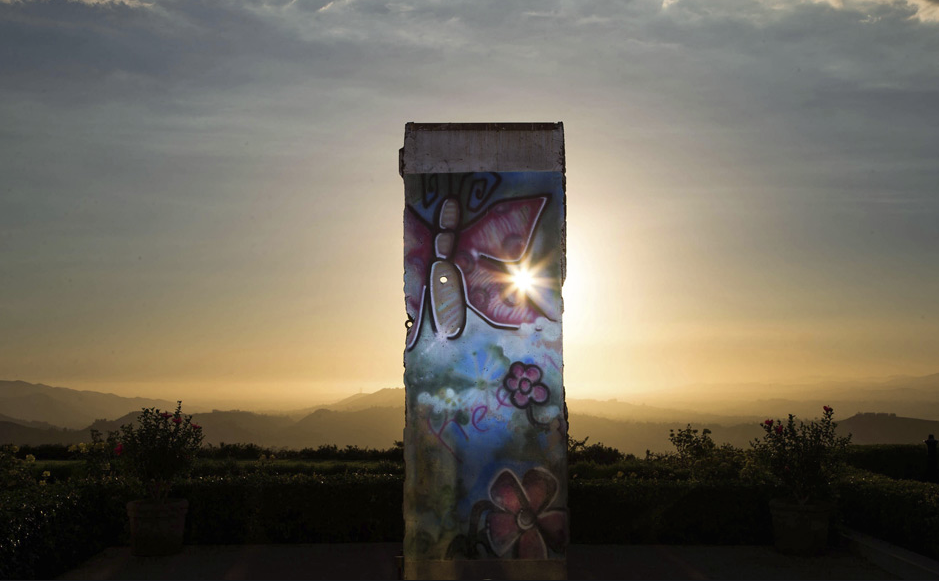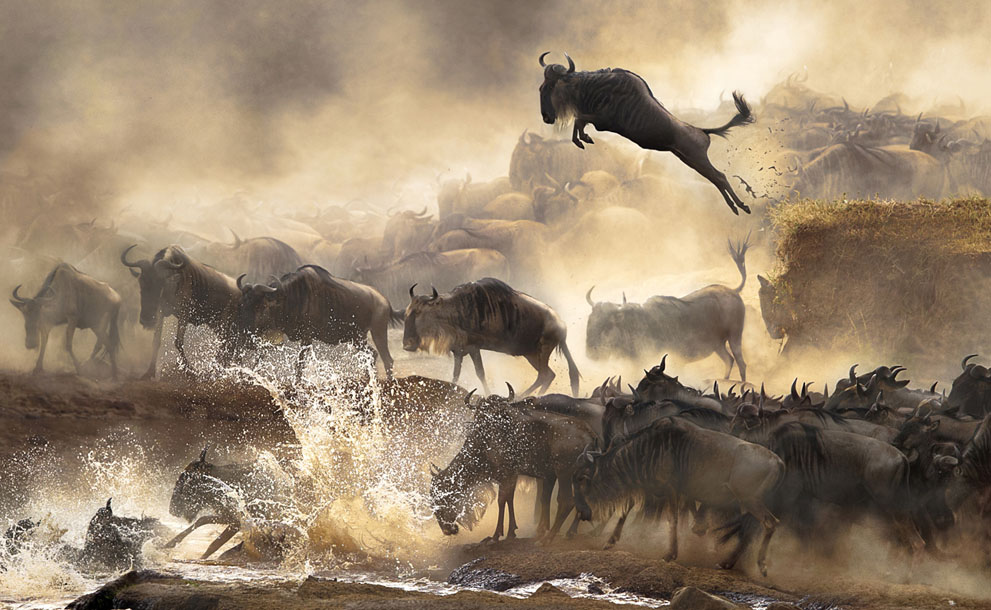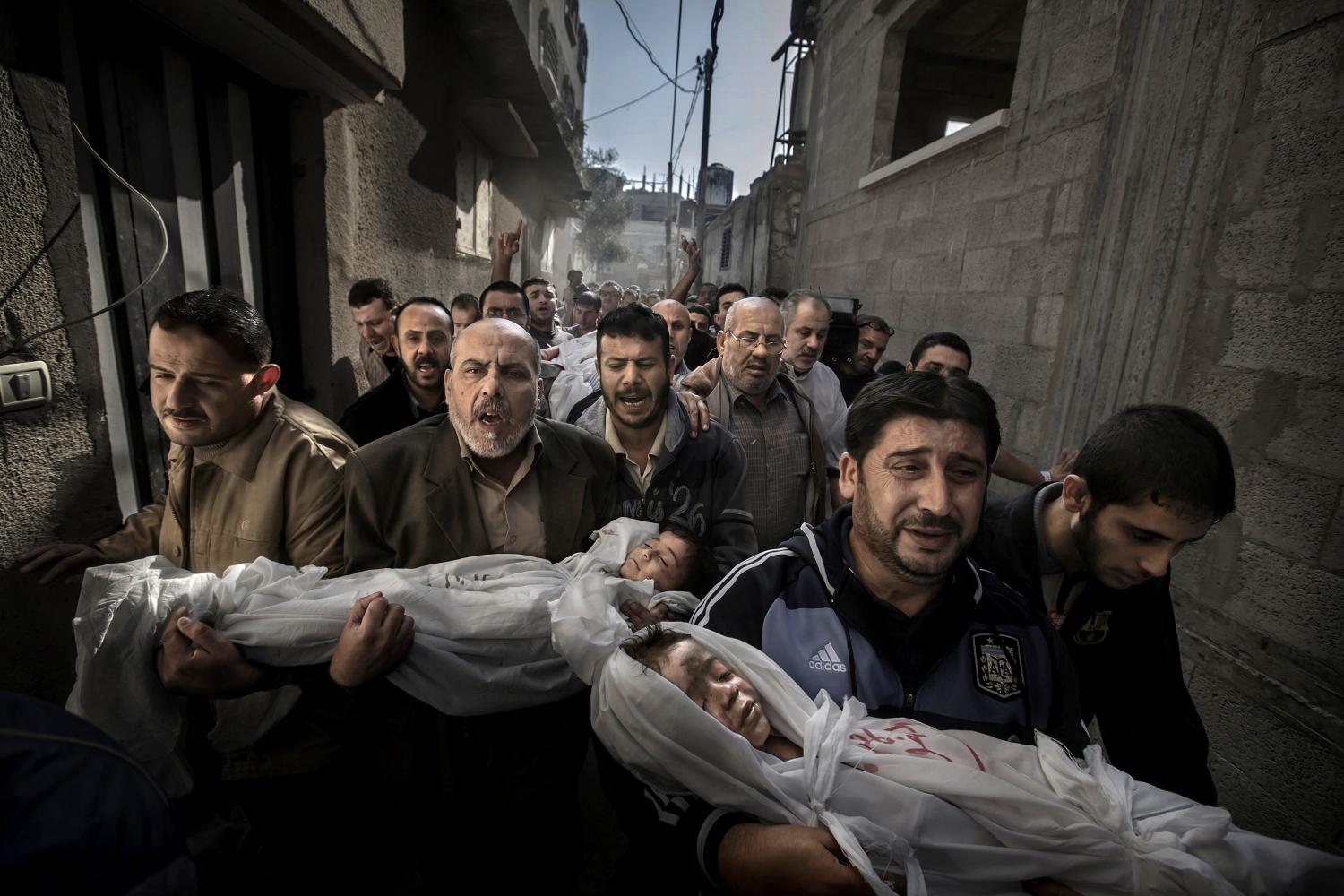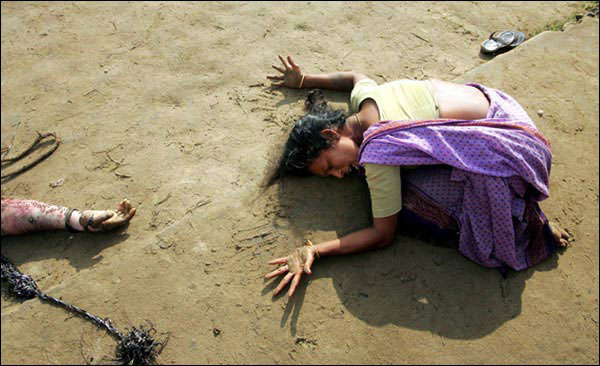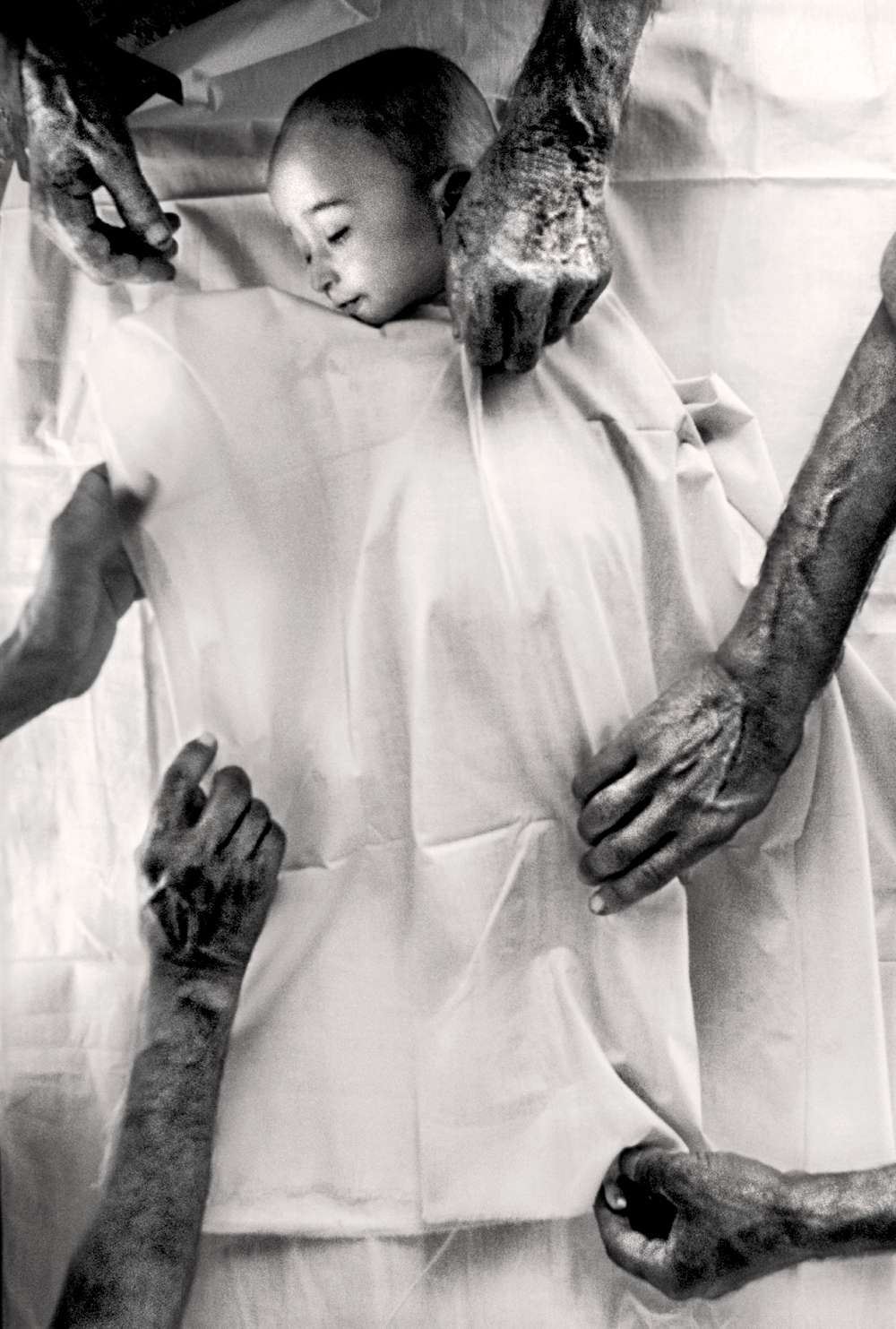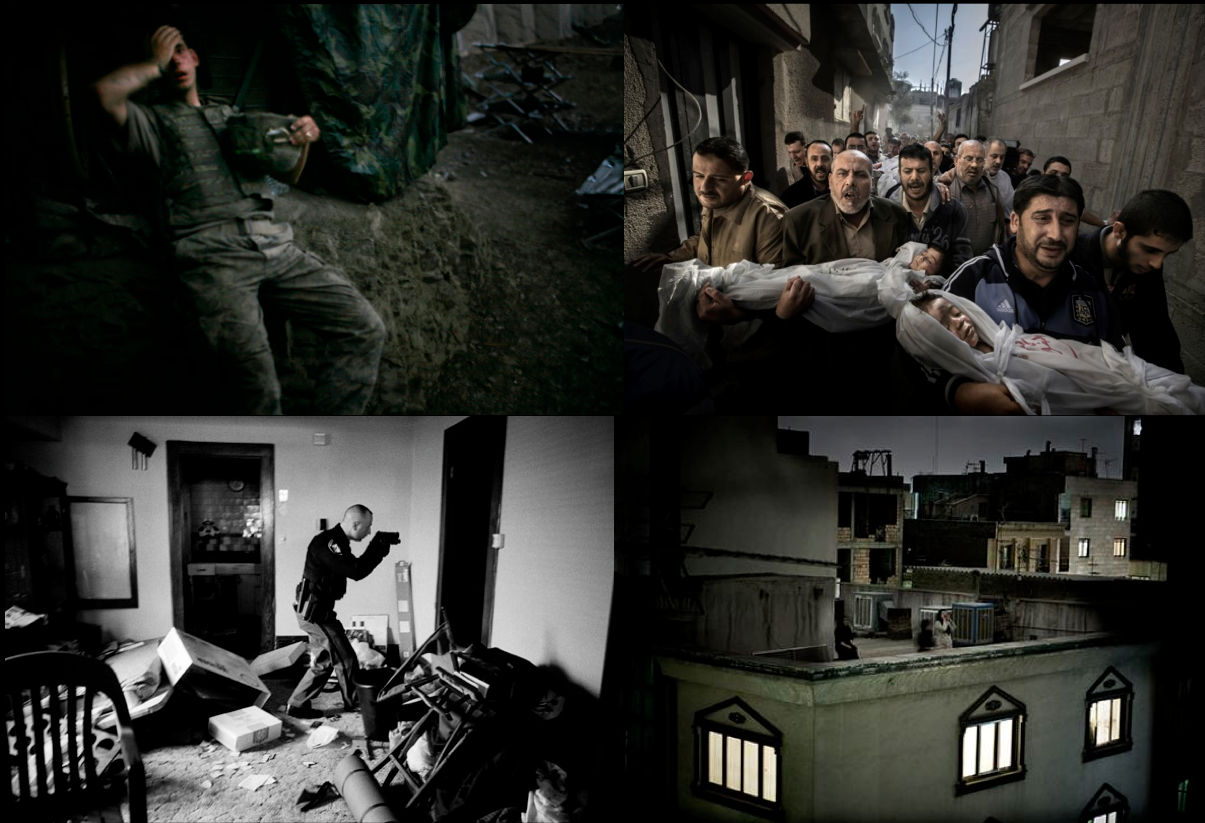Twenty five years ago it was all concrete and mortar and barbed wire dividing east from west. Guards with their dogs stood their posts and friend and families were separated from one another. And then, as if in a blink of an eye, the wall came down, leading some to maintain that history itself had come to an end. Of course, such pronouncements proved to be little more than precipitous as wars quickly transformed from being cold to hot once again. But, at least in Germany, perhaps the most stable and prosperous economy in the world right now, the Berlin Wall is but a distant memory.
Photographic slide shows at numerous news outlets (e.g., here, here, and here) have featured the anniversary of this momentous event, comingling black & white images of the wall as a blockade separating a nation along military and ideological lines with black & white and color images of the frenzied destruction of the wall in 1989 and colored images of the current Germany where the least vestiges of what was once remain, mostly random slabs of concrete that once were covered with graffiti and now convey all manner of artistic murals. The transition from black & white to color, from then to now, is telling. But more so is the need to recover what once was if only to remember what had to be overcome. And, of course, public art plays an important part in such recovery.
Public art takes many forms, of course, such a statuary and murals, as well as more transitory forms such as Lichtgrenze 2014, a temporary “light border” of 8,000 illuminated balloons that follows the path of the original Berlin Wall. But most of us, of course, will never be able to experience Lichtgrenze 2014, except of course through the photographic frame. The photograph above is not just a medium for conveying the art project however, but it is its own version of public art. After all, even those who can walk among the lights traversing the path of the wall cannot see it from the god’s eye view that the camera provides, reminding us of the capricious and haphazard trail that the wall followed. Note for example how difficult it is to identify the path of the light border among all the other lights. If you didn’t know what you were looking for you probably would assume that the bluish lights snaking through the city were little more than an ordinary thoroughfare with nothing distinguishing the lighted city on either side of the divide. And so the photograph invites a somewhat unique perspective on the ways in which walls often follow a somewhat arbitrary logic, and how, once they (inevitably) come down, it is easy to forget they were ever there in the first place.
The fall of the Berlin Wall was a world historical event, to be sure, so much so that slabs of the wall have been cast to the four winds. One can find them as scattered relics throughout the world in London, Brussels, Haifa, Kingston, Sofia, Moscow, Guatemala City, Porte de Versailles, Taipei, Tokyo, Seoul, Canberra, Cape Town, Buenos Aires, and any number of locations in the United States, including a city block that includes ten segments of the Wall in Los Angeles. And the message, it would seem, is clear enough: However much energy we put into building it and maintaining it, however much we think it can keep things in or keep things out, however much we think it will last forever … in the end it will fall, shards of it preserved as a reminder of the folly that produced it in the first place.
And so, finally there is this photograph of a segment of the wall that sits in Simi Valley, California. Simi Valley is northwest of Los Angeles and the home of the Ronald Reagan Pres-
idential Library where everyone is reminded that it was President Reagan who implored Mr. Gorbachev to “tear down that wall.” Simi Valley is also not all that far from where the wall designed to “secure” the border between the United States and Mexico begins its journey from the Pacific Ocean eastward. And so the photograph takes on something of an allegorical quality: mysteriously (ominously?) out of place in what appears to be a scene from the American western frontier, it is hard to know if the sun is setting on a past in which the wall came down, or if it rising on a new epoch of the inevitably failed project of building walls for political purposes.
Photo Credit: Rainer Jensen/EPA; Lucy Nicholson/Reuters
